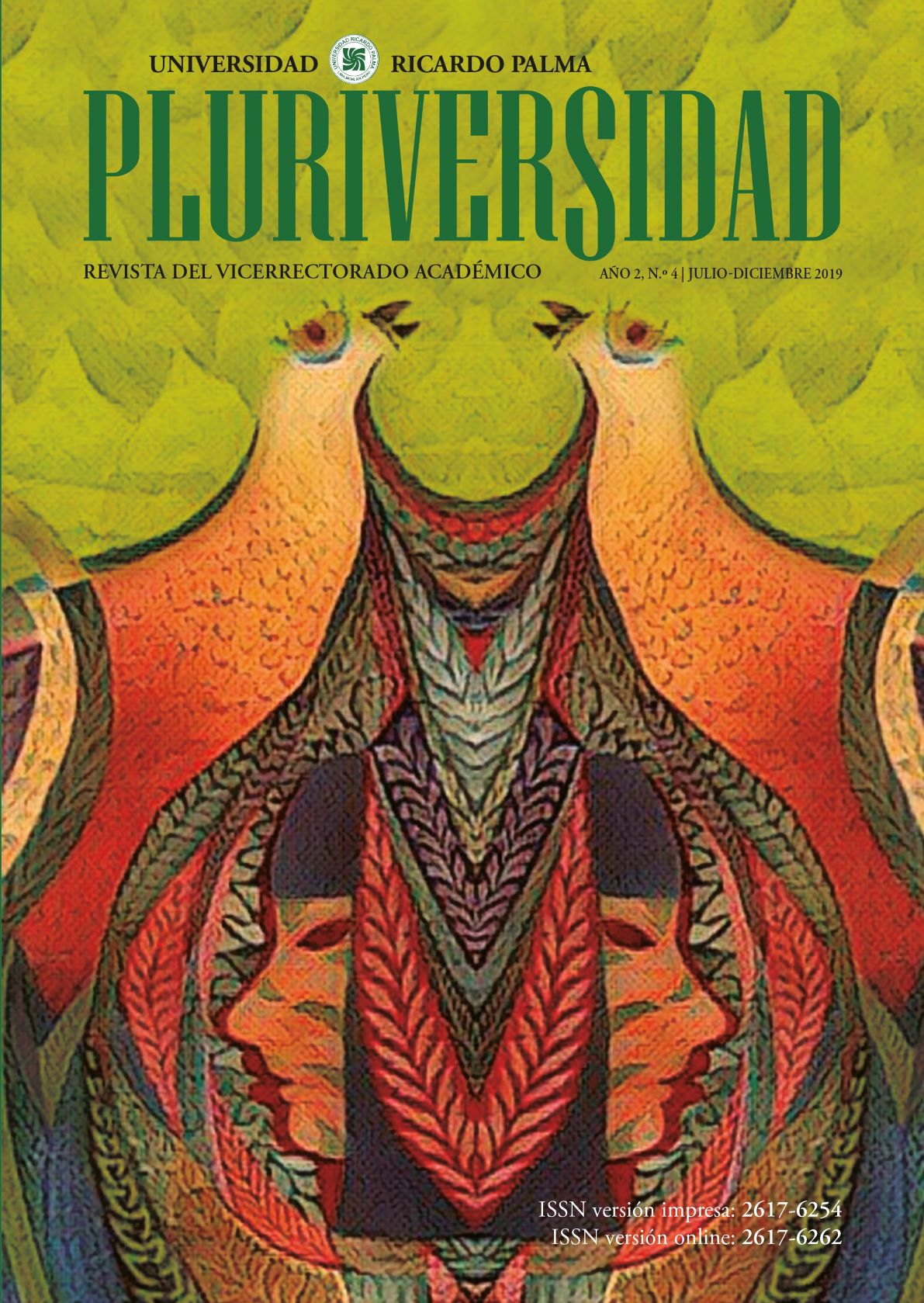Historical time and rurality in Peru
DOI:
https://doi.org/10.31381/pluriversidad.v4i4.2773Keywords:
Historical time, rural territory, new ruralityAbstract
This essay intends to analyse some clues to establish a period regarding the definition of Rural Space in Peru; from the quantitative measurements made since the end of the 30s of the last century, and that will be repeated considering the following national information gathering. In the definition of the rural, a key factor is the population, resident in localities, villages or communities, with less than two thousand inhabitants (according to the definition of the Censuses in Peru), but it should not be the only factor, given that the Rural Space incorporates the processes of social production and reproduction, culture and local customs.
It should also be considered, an issue that is more complex to demonstrate, the relationship between the countryside and the city; such relationship is defined by some authors as the "new rurality". Schematically, the essay suggests three moments (periods?) in which factors or elements can be identified to define rurality in Peru: i) 1900-1940, ii) 1940-1970, and iii) 1970-2010.





